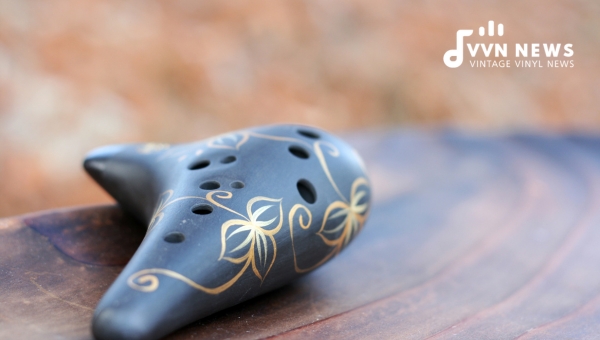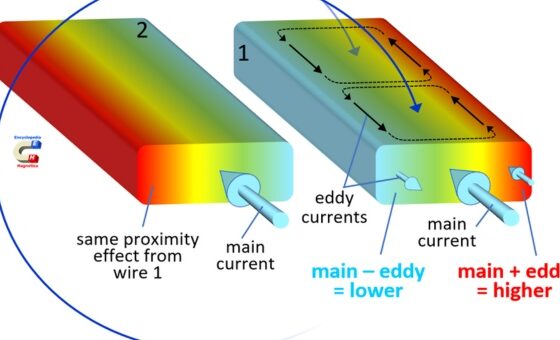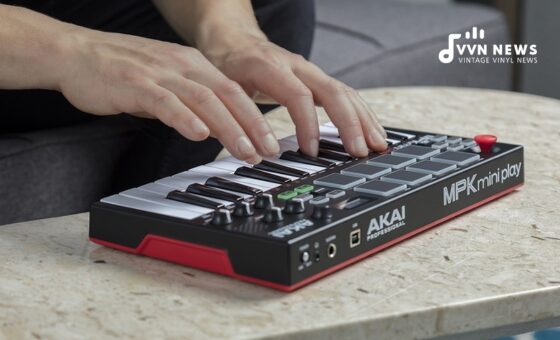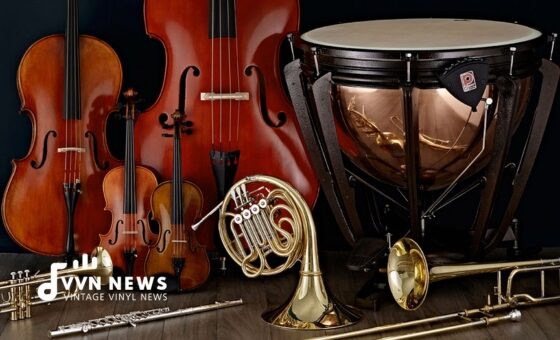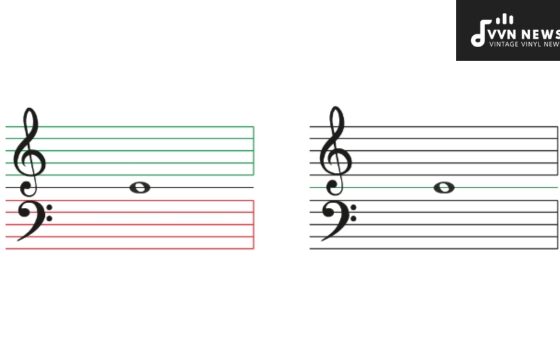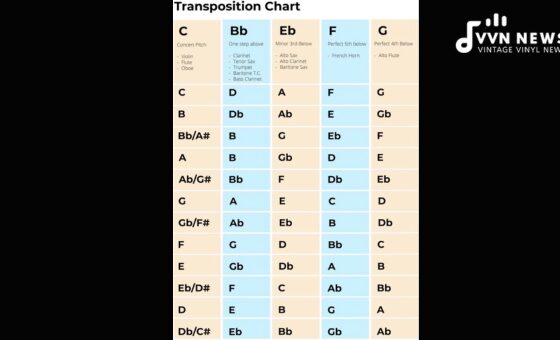From the ancient clay whistles of the Aztecs to the iconic instrument of The Legend of Zelda’s Hero of Time, the ocarina is more than a simple wind instrument—it’s a historical artifact, an heirloom, and a source of enduring fascination.
That’s why I’ve decided to compile these bite-sized pieces of history, performance tips, and fascinating facts into what I like to call the Ocarina Almanac.
As we dive into this enchanting world, we’ll unearth treasures and secrets to kindle a newfound appreciation for this often-overlooked instrument.
Living up to its name as an ‘egg flute’ (which is what ‘ocarina’ translates from Italian), this versatile wind instrument has been cradled in the palms of musicians across the globe for centuries.
Whether beckoning rains in Mesoamerican rituals or warbling playful tunes in orchestral symphonies, its charming melodies have captivated hearts ranging from avid music enthusiasts to everyday people like me.
And so, here in this almanac, I aim to guide you through a series of illuminating entries on the story and significance behind every nook and cranny of an Ocarina’s existence.
What is an Ocarina Almanac?
An Ocarina is a wind musical instrument, part of the flute family. It is typically made of ceramic or plastic and comes in various shapes and sizes, the most common being a rounded, oval shape. The ocarina produces sounds when the musician blows air into it and covers or uncovers its holes to change pitch.
Its unique design creates a hauntingly beautiful sound often used in traditional folk music. It also has found a place in popular culture with its inclusion in the popular video game “The Legend Of Zelda: Ocarina Of Time.”
Ocarina History
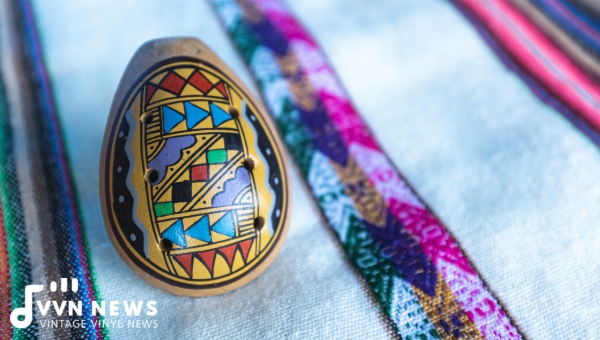
Curious about the etymology of the term “Ocarina?” You can trace the roots back to 19th-century Italy, where Giuseppe Donati transformed this archaic instrument into what we know today.
“Ocarina” stems from the Italian dialect, translating to “little goose,” as Donati’s design resembled this fowl’s shape.
Donati’s ocarina was a massive hit across Europe and North America in the late 1800s to early 1900s.
It broke societal class barriers, becoming accessible to ordinary folk while retaining its charm in royal courts.
Origins of the Term Ocarina
Surprisingly, ocarinas have been around for over 12,000 years. Ancient versions have been unearthed in archeological sites throughout Asia, Africa, and the Americas.
They played crucial roles in cultural rituals and community ceremonies across these regions naturally falling under different names depending on geographic location.
It wasn’t until Donati refined them in Italy that they got their now internationally recognizable name “ocarina.”
The Recent Revival of Its Fame
It’s worth noting that Ocarinas experienced quite a revival towards the end of the 20th century – thank you, pop culture!
The heritage instrument shot back into fame with Nintendo’s release of The Legend of Zelda: Ocarina of Time in November 1998.
In this game, the hero, Link, uses an ocarina to unlock secrets and create magical effects—showcasing how enchanting music can indeed be!
Inspired gamers worldwide picked up real-life ocarinas to mimic their video game counterparts, turning obscure hobbyists into widespread enthusiasts overnight.
From thousands-of-years-old clay constructs to modern plastic ones- whether as religious artifacts or gaming mementos- ocarinas have retained their charm through millennia.
This beautifully contributes to music being an audible experience and a temporal journey weaving together threads from our collective past into harmonized present melodies.
Also Read: What Is Audio Clipping? [Digital Clipping Vs Analog Clipping]
Different Types of Ocarinas
The ocarina presents a plethora of varieties, each contributing unique characteristics and charms.
Understanding these varieties requires insight into the instrument’s primary forms and classifications.
Transverse Category
Often known as “sweet potato” ocarinas due to their resemblance to the vegetable, Transverse ocarinas are probably the most recognized among the various types.
They feature a rounded shape with a mouthpiece extending from the body and are generally played with two hands covering the tone holes on both sides of the instrument.
The subtype ‘Taiwanese’ transverse is a relatively modern makeover that prioritizes comfort for lengthy playing sessions.
Pendant Style
Pendant ocarinas are designed for wearability, smaller, more compact, and reminiscent of an amulet or charm.
Simple pendant designs use only one chamber for their melodious tunes. These portable music charmers can have 4 to 6 finger holes and often come in whimsical shapes like animals or hearts.
Remember, though tinier, they can display an ample range of tunes despite their deceptively small size.
Inline Design
With a design similar to a recorder or Native American flute, inline ocarinas are tubular with tone holes placed inline along the body.
The appeal of this type is its ease of use; your fingers naturally fall across the ocarina’s body without needing complex positioning.
For those accustomed to recorders or flutes, transitioning into an Inline style might be exceptionally smooth.
Multiple-Chambered
Multiple-Chambered Ocarinas; these beasts usually possess two to four chambers that can play multiple notes simultaneously by applying different air pressures through respective sections—enriching tonal diversity while complicating control.
Whichever design you choose, remember that it’s not just about how strikingly attractive they look (though it doesn’t hurt); it’s also about finding one that resonates best with your playing style and creating melodies that connect deeply within you.
The true beauty of an ocarina lies not merely in its physical form but in its heart-stopping melodies when cradled gently in a musician’s grip—each note echoing a piece of history carefully sealed within its form.
Also Read: How To Transpose Up An Octave [Maximize Your Music Skills]
Where to Purchase an Ocarina?
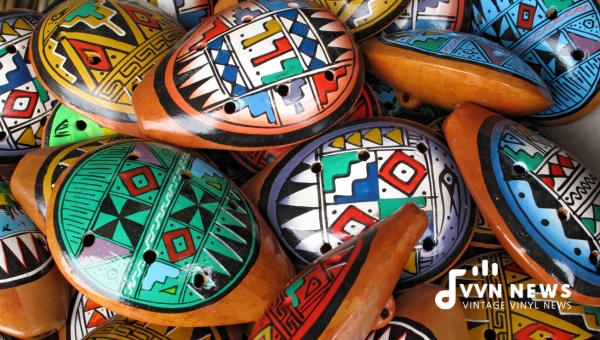
Purchasing an ocarina that fits your musical tastes and requirements can be easier said than done. To assist you, I’ve compiled a list of reputable stores catering to ocarinas of varying designs, types, and materials.
- Ocarina Workshop, located in the United Kingdom, holds expertise in providing educational content for children wanting to learn the ocarina. They offer a range of instruments ideal for beginners, especially young ones.
- Hind Musical Instruments is nestled on St. Simon’s Island in Georgia and is known for its unique wooden ocarinas. This should be your go-to place to try different materials with diverse tonal qualities.
- Songbird, based in Los Angeles, California, boasts a vast collection of artfully crafted ocarinas for every kind of music enthusiast – beginner or professional alike.
- STL, situated in St. Louis, Missouri, offers a comprehensive range of beautifully sculpted ceramic ocarinas designed for durability and sound quality.
Each store has its distinctive strength and focus; it’s about aligning what they offer with what you seek from your perfect ocarina.
Ocarina Sheet Music
Understanding ocarina sheet music is essential for those keen to begin playing the ocarina.
Comprised of numbers or letters that correlate to each hole on your instrument, wild symbols represent different notes.
Reading Ocarina Tablatures
Bold numbers indicate that the note should be sharp or flat, while underlined numbers signify the active use of an ocarina’s sub-hole. Each line of a tab represents a measure in the sheet music.
Sources for Sheet Music
A comprehensive catalog of ocarina sheet music can be found online, and there are dedicated websites with wide-ranging selections.
Those new to this unique wind instrument can start their harmonic journey with classic tunes before venturing into more complex melodies.
How does Ocarina work?
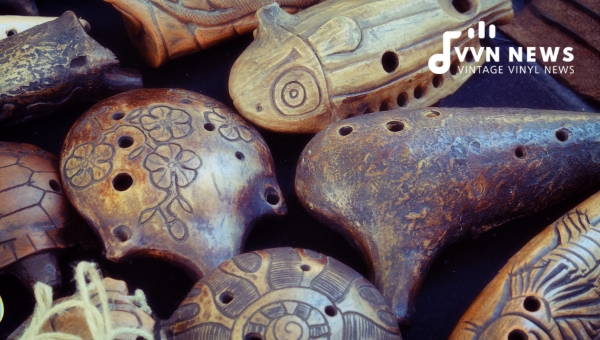
The Ocarina works on the simple principle of sound generation in wind instruments.
When you blow air into it, the chamber fills and causes the air inside to vibrate, creating sound.
The pitch of these sounds can be further regulated by the holes in an ocarina.
The Holes and Their Purpose
Ocarinas features multiple holes; each hole corresponds to a specific note. By covering and uncovering these holes, you can change the pathway for the air, hence adjusting the vibration frequency and altering the tone produced.
The Fipple or Mouthpiece
Practically all ocarinas come with a fipple or labium, which takes in the airflow and directs it towards a sharp edge that helps split up it to form an oscillation or vibration pattern. This vibration initiates sound production.
Playing Technique
Understanding how to use these features together is an art in itself.
- Blowing Technique: You can alter your breath force for volume control.
- Finger Placement: Ensure your fingers cover their designated holes entirely when playing.
- Posture: Hold your ocarina flat with your hands roughly at a right angle for better control.
- Digit Practice: Practice scales regularly to improve finger dexterity.
Remember that patience is vital when learning how to play any instrument effectively, including an ocarina. Happy playing!
Depiction of Ocarinas in Pop Culture
Undoubtedly, the most recognizable representation of the ocarina in pop culture is its pivotal role in the Legend of Zelda series.
The Ocarina of Time, an essential game element, is a virtual version of this ancient instrument.
The protagonist, Link, plays various melodies on his ocarina to unlock secrets and progress through the game.
Not confined to video games alone, ocarinas have found a place in anime and movies.
In Studio Ghibli’s ‘My Neighbor Totoro’, one of the characters plays the ocarina. In the reality TV show Survivor’s Pearl Islands season, an ocarina was part of the immunity necklace.
Also Read: What Is Arabesque In Music? [A Journey Into Exotic Melodies]
FAQs About Ocarina Almanac
What is the Ocarina made from?
The Ocarina is typically made from clay or ceramics, but some are also made from wood or metal.
How does an Ocarina produce sound?
Sound in an ocarina is produced when air is blown into it and manipulated by covering and uncovering holes to change the pitch.
Can I learn to play an Ocarina by myself?
Yes, with consistent practice and resources such as online tutorials, it’s possible to master the ocarina independently.
Where can I purchase an Ocarina?
Ocarinas can be purchased from music stores or online platforms like Amazon or Etsy.
Are there Different Types of Ocarinas?
Yes, there are several types of ocarinas, including transverse, pendant style, inline design, and multiple-chambered.
Conclusion
The Ocarina is a remarkable wind instrument with a rich history that’s as captivating as its song.
Whether you’re an enthusiast or a casual learner, understanding the significance and versatility of this instrument is critical to thoroughly enjoying it.
Every aspect is fascinating, from its diverse types to its unique sound production. I hope that this ‘Ocarina Almanac’ has provided valuable insights and instilled a sense of wonder for the Ocarina in your mind.
So why not pick up an Ocarina and try it out? After all, experiencing music firsthand is the finest way to appreciate it.
